Perth and Kinross Council chiefs want all of the authority’s heavy goods vehicles to run on vegetable oil by the end of this year.
It follows successful trials of hydrotreated vegetable oil (HVO) in bin lorries.
The green fuel will now be expanded to all 26 refuse collection vehicles in Perth and Kinross.
The council has 80 HGVs in total across its fleet.
Councillors agreed the plan on Wednesday, despite a plea to scrap it and spend the £100,000 cost on rural buses instead.
HVO costs about 15p more per litre than diesel.
But bosses say the scheme could reduce the authority’s carbon footprint by 725 tonnes of CO2 a year.
Councillor David Illingworth compared the proposal to “trying to whistle in a hurricane” in the era of Donald Trump and Chinese industrialisation.
“It will have virtually zero impact on carbon reduction across the globe,” he told colleagues on the climate change and sustainability committee.
“And at the same time we are incurring extra costs that we just don’t need to have.”
However, his motion to divert the money towards enhancing rural bus routes was defeated by seven votes to four.
The committee’s convener Richard Watters said it was “a dangerous message to send”.
Perth and Kinross Council decarbonisation strategy extends beyond vegetable oil
Perth and Kinross Council agreed to trial the use of vegetable oil instead of diesel in six bin lorries last February.
The experiment was a success, and 18 of the vehicles are now using it.
The HVO expansion is part of a five-year fleet decarbonisation strategy agreed by councillors on Wednesday.
It also outlines ambitions around technologies such as electric and hydrogen.
The council’s fleet currently numbers 452 vehicles, most using diesel or
petrol.
However, it’s hoped the Binn Ecopark Hydrogen Facility being developed by Green Cat Energy at Glenfarg could make hydrogen a viable option within the next few years.
The size and rural nature of Perth and Kinross means there’s still a limit to the usefulness of electric vehicles.
But bosses want the vehicle pool to increase to 15% electric (around 30 EVs) over the next five years.
A report to the committee said: “The most appropriate strategic approach will include options for electric, hydrogen, HVO and a smaller number of diesel vehicles as a backup support for outlying areas.”
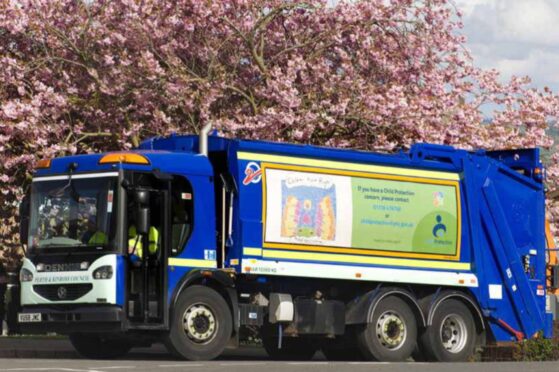
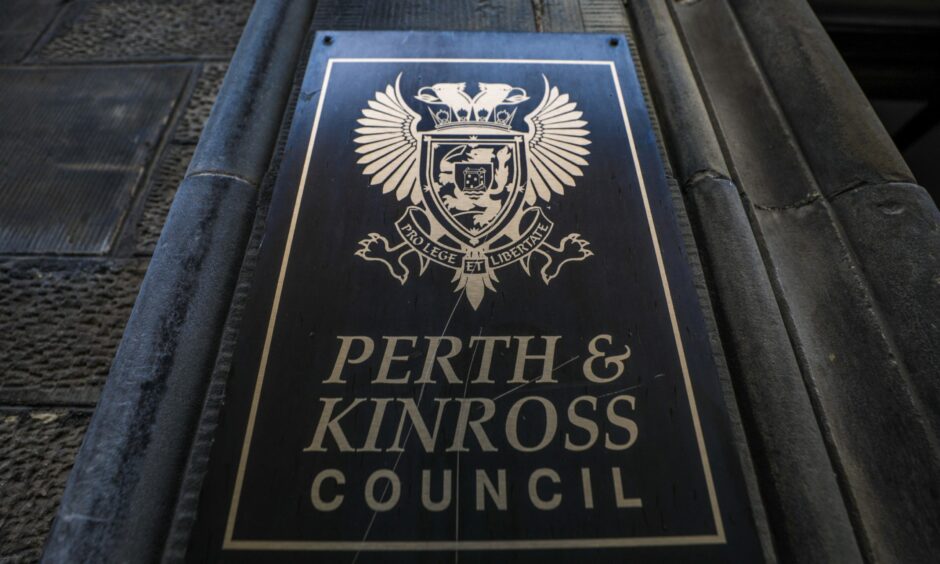

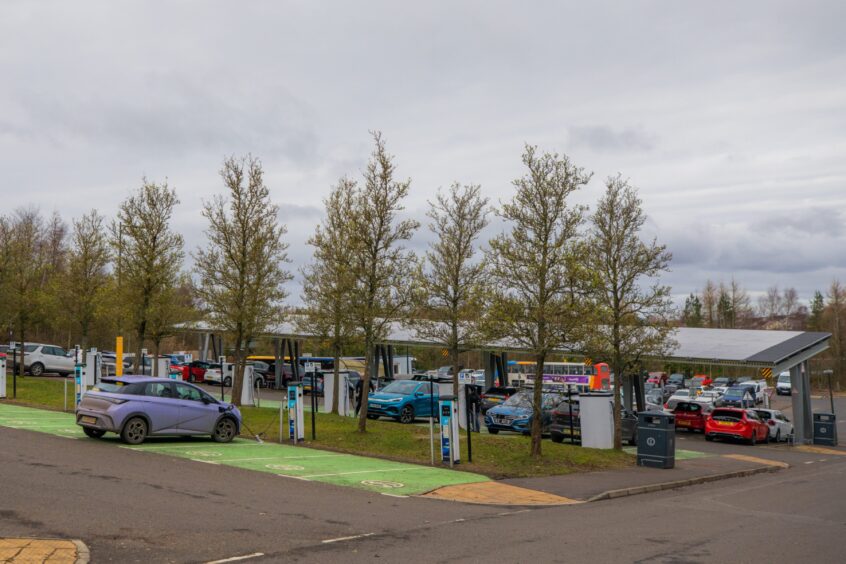
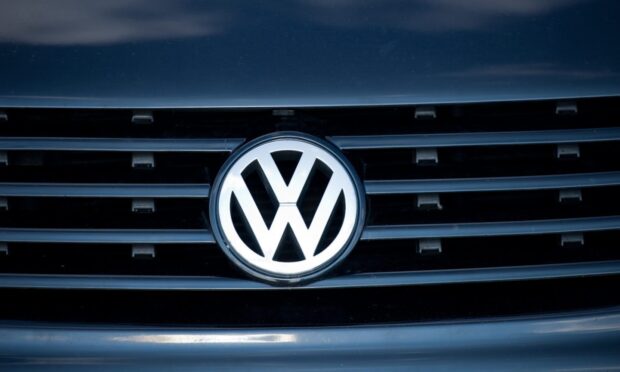

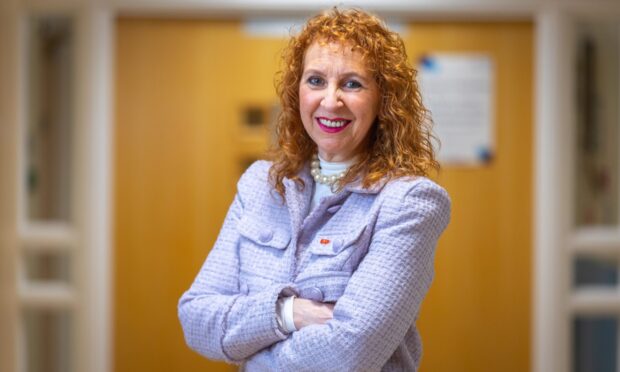





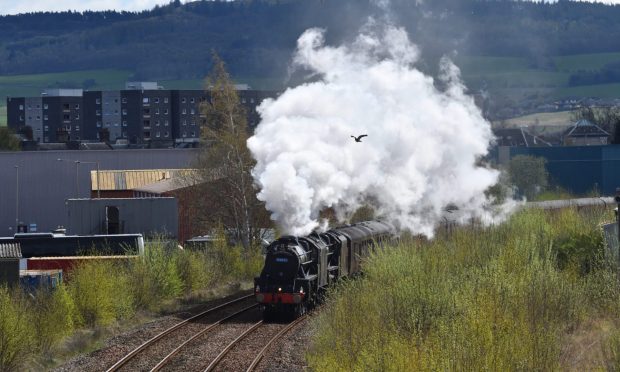

Conversation